Tour de France 2020: Five things to look out for during the second week
Primož Roglič defends the yellow jersey
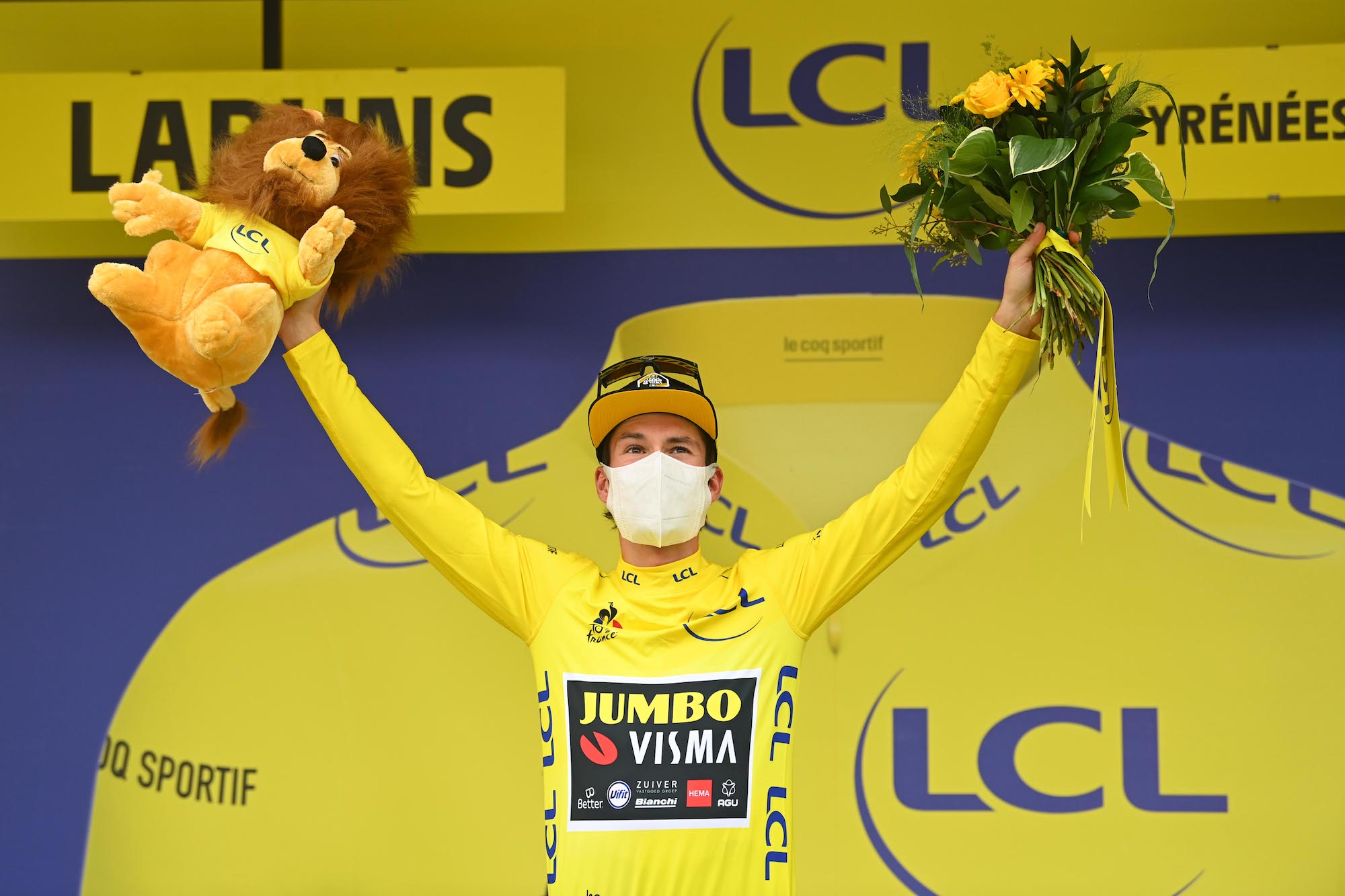
Primož Roglič ended the week with part one of his Tour de France mission accomplished — taking the yellow jersey. Now he enters phase two: defending that jersey through the many tests and challenges to come.
This is not an unfamiliar scenario for the Jumbo-Visma rider. At last year’s Giro d’Italia, he held the leader’s pink jersey for the first five stages of the race, and was perceived to be the de facto leader as the highest-ranked of all the genuine contenders for the following 10 days, before running out of steam and fading to an eventual third place finish overall.
>>> Tour de France: Primož Roglič puts his own doubts to rest with strong performance in Pyrenees
Three months later at the Vuelta a España, he again took ownership of the overall lead, but this time not until later in the race, just after the first rest day on a stage 10 time trial. Having preserved more energy during the opening week, he had enough left in reserve to defend the red jersey all the way to the race’s finish in Madrid.
So far, Roglič has replicated his successful Vuelta ride rather than his more impulsive approach at the Giro. He hasn’t taken the yellow jersey by attacking, but by following all the important, not carelessly losing time, and picking up the occasional bonus second. That should mean he begins the second week relatively fresh, and with lots yet left to give.
Unlike the two apparent biggest threats to his lead — defending champion and current second overall Egan Bernal (Ineos Grenadiers), and the on-fire Tadej Pogačar (UAE Emirates) — Roglič is the wrong side of 30. The Slovenian was still a professional ski-jumper when he was their age, only taking up cycling professionally in 2013, and therefore is unlikely to have as many years left at the top of the sport.
Get The Leadout Newsletter
The latest race content, interviews, features, reviews and expert buying guides, direct to your inbox!
In the form of his life, with an exceptional team to support him, and perfectly placed after a flawless start to the race, this kind of opportunity may never again present itself to Roglič. The second of what could be the defining three weeks of his career awaits.
The battle for the green jersey intensifies
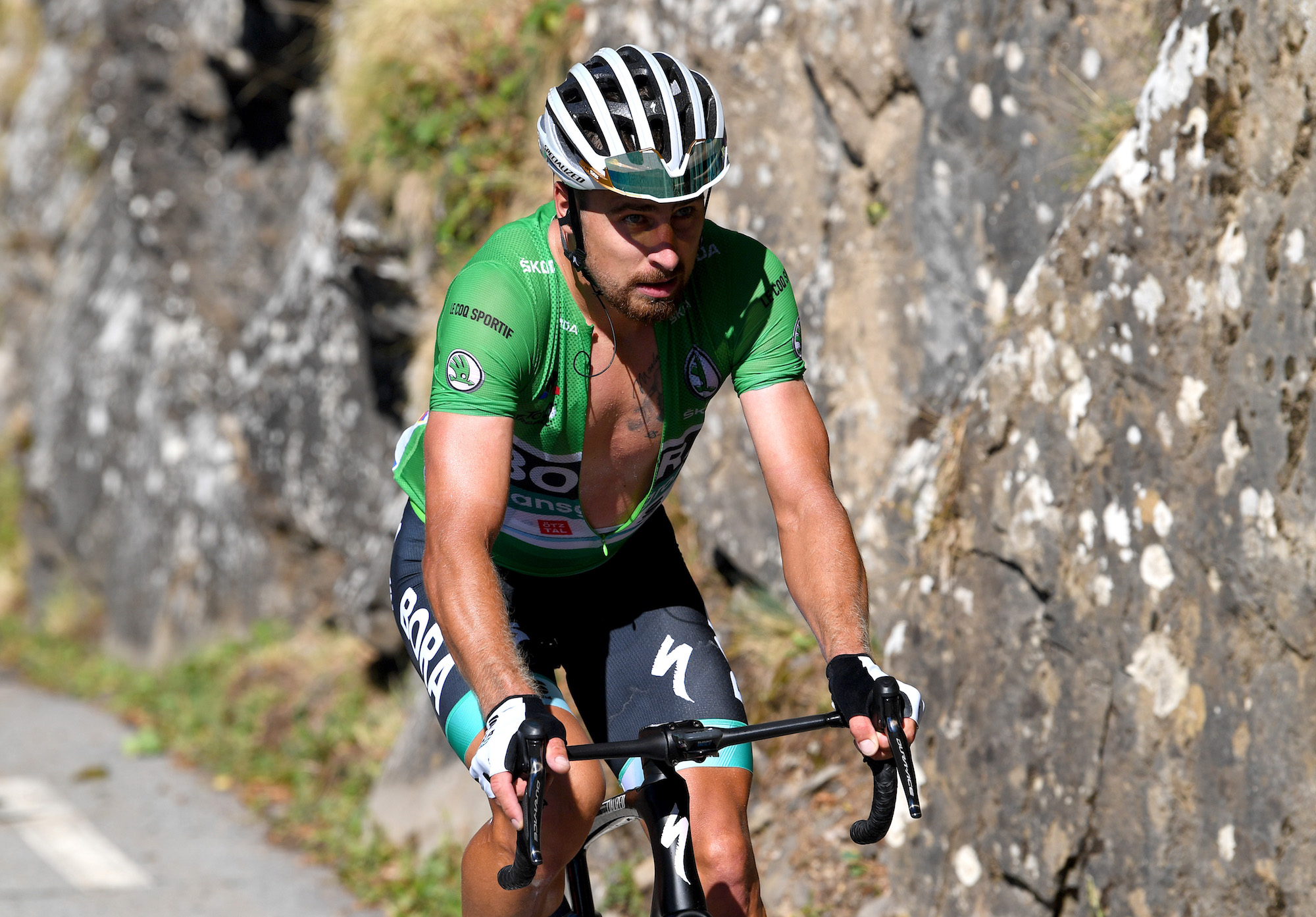
Peter Sagan (Bora-Hansgrohe) might begin the second week in green, but his hold on the jersey looks weaker than it ever has before, with Ireland’s Sam Bennett (Deceuninck-Quick-Step) emerging as his main rival.
Bennett is currently just seven points adrift, and looks set to do battle with Sagan on stages 10 and 11, both of which look to be likely bunch finishes. Windy conditions would complicate matters on stage 10, given its proximity to the Bay of Biscay coast, but the forecast is only for gentle breezes, while stage 11 features just one, small categorised climb.
Both of these stages provide Bennett a great chance to win his first ever Tour de France stage, but whether or not he can truly challenge for green may depend on how he performs on the following stages in the Massif Central. Here the terrain becomes much hillier, with the undulating stages twelve and fourteen in particular looking like exactly the kind of roads where Sagan typically out-manoeuvres his rivals, picking up points by getting into breakaways and/or surviving the hills to gain points at the finishes.
The competition might yet become a three-horse race should Wout van Aert choose to pursue it. The Belgian is currently third in the competition (27 points behind Sagan) courtesy of his two bunch sprint wins, and would probably be a shoe-in for victory if he didn’t have Primoz Roglič’s yellow jersey to defend. He isn’t targeting the classification, but could become a contender by default if he rides like he did in the first week.
Opportunities for ambushes in the Massif Central
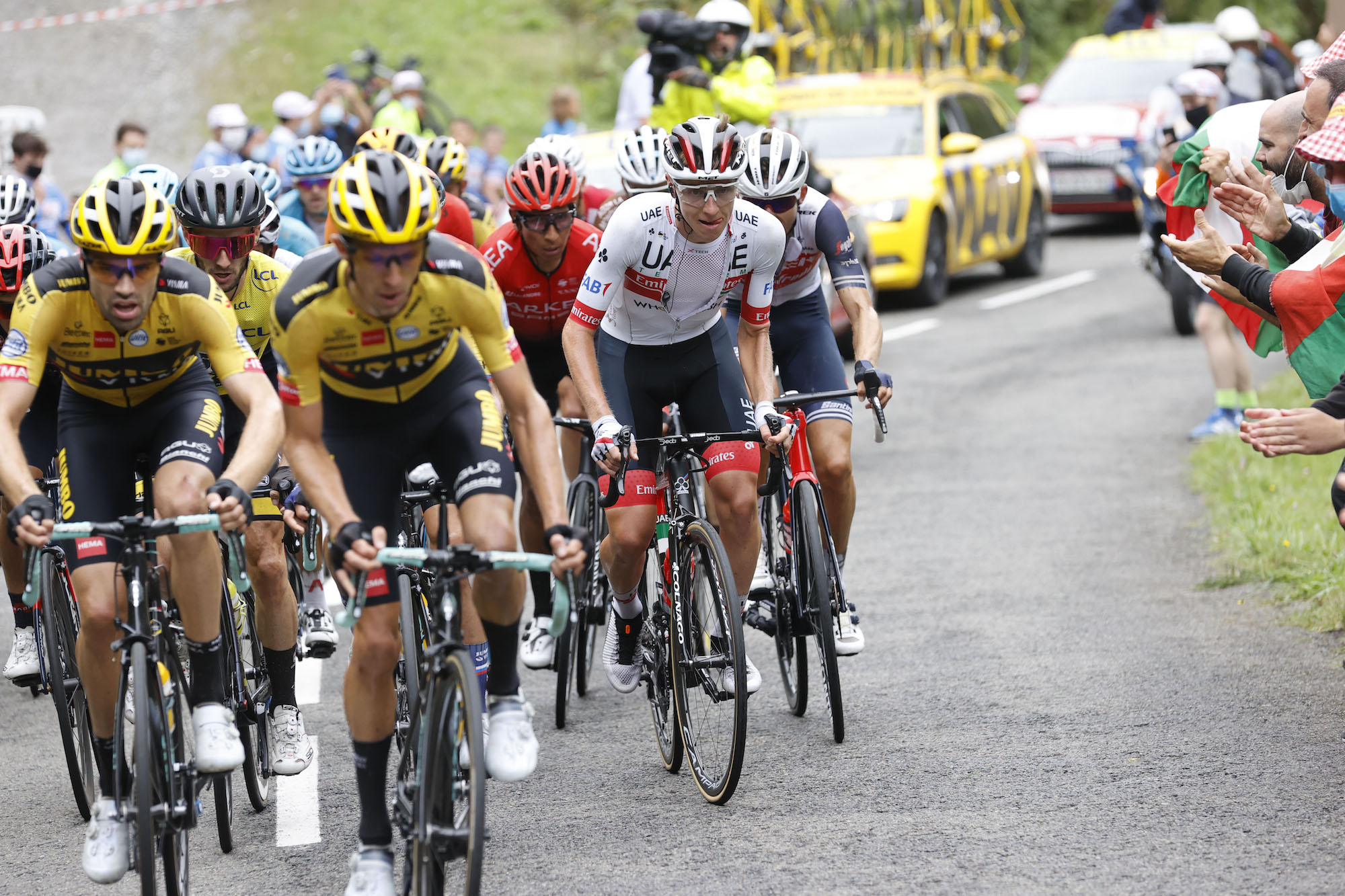
The climbs may not reach the breathlessly high altitudes of the Alps, but the Massif Central region the riders spend much of the second week travelling through could still have a comparably huge impact on the race.
Some pundits have highlighted stage 13 as the most difficult of the entire Tour, not so much for the difficulty of any single climb, but for the cumulative altitude gain from the relentlessly rolling roads. Stages 12 and 14 might not be as difficult, but are still challengingly hilly, each ending with stings in the tail that could invite late attacks — the category two Suc au May 26km from the finish of stage 12, and a short 1400 metre uphill positioned just 7.5km from the line on stage 14.
How will the yellow jersey contenders approach these stages? The fact that the riders must wait until the final stretch of the Puy Mary climb where stage 13 finishes until reaching its toughest, 11 per cent gradients might usually indicate that holding back until then would be the sensible strategy. But the intense difficulty of everything that comes before the final climb might encourage anyone with good legs to put the hammer down early, knowing that huge gains could be made over anyone having even a slightly bad day.
The other two stages are less likely to see moves made by the favourites, but they will have to be on their toes — find yourself distanced here for whatever reason and you could find chasing back on very difficult, while a surprise ambush from a well-organised team could be very effective on such rolling roads.
With six riders still within 44 seconds of Roglič, and another six within 2-31, the GC is still in need of a shake-up, and some may sense an inviting opportunity to take some of those riders out of contention via aggressive racing in these stages.
Alaphilippe unleashed
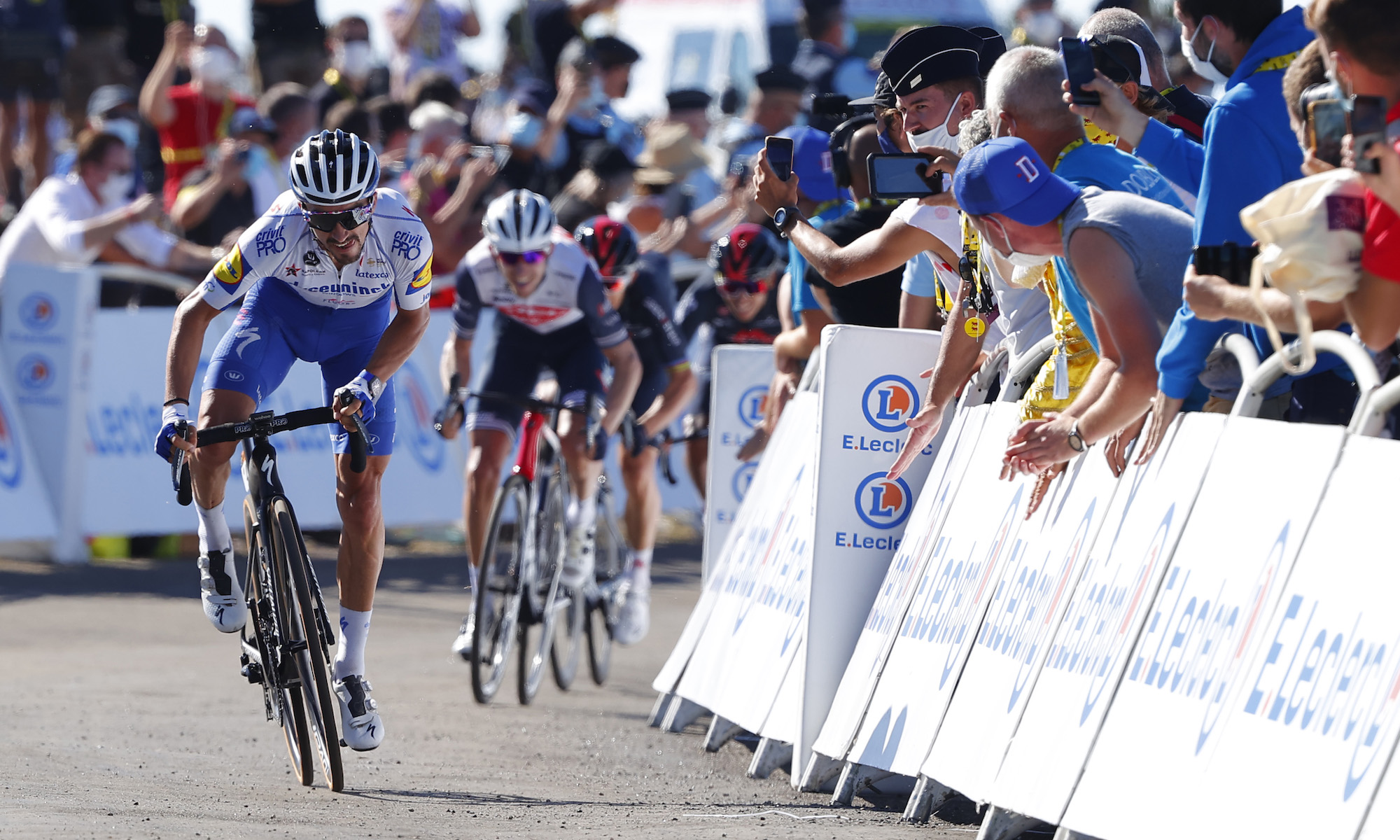
The stages throughout week two look very conducive to breakaways, which should mean we see plenty of one of the most entertaining sights in cycling — Julian Alaphilippe out on the attack.
Along with others rider like, perhaps, Thomas De Gendt (Lotto-Soudal), Greg Van Avermaet (CCC), Max Schachmann (Bora-Hansgrohe) and stage six winner Alexey Lutsenko (Astana), he’s one of several classy breakaway specialists who are likely to use the rolling terrain to hunt stages, and possibly points in the still wide-open king of the mountains classification too.
Just because Alaphilippe hasn’t got the form to ride for GC doesn’t mean he’s not capable of putting in a star turn, as evidenced by his explosive attack to win stage two in Nice. Just look back to his barnstorming performance at the 2018 Tour, where he attacked relentlessly to win one stage in the Alps, another in the Pyrenees, and the king of the mountains classification, all with the panache we know and love the Frenchman for.
Having fallen out of GC contention on the Peyresourde on Saturday, he’s unburdened by the need to ride cautiously to protect a high overall ranking, which should free him up to respond to all his natural attacking instincts.
Having won two stages in both of the last Tours de France, can he become the first rider since Mark Cavendish (2011-13), and the first rider who isn’t a bunch sprinter since Miguel Indurain (1991-1993), to do so in three successive Tours?
Col du Grand Colombier

Just before Monday’s second rest day marks the end of the middle week of the Tour, the riders will make their first return to the Alps with a fearsome mountainous stage based around the Grand Colombier.
Having already visited the Alps with the climb to Orcières-Merlette at the end of stage four, this will be the race’s second visit to the Alps. But whereas that stage only contained one genuine mountain, which itself wasn’t in the highest rank of difficulty, stage 15 will be a proper mountain stage, with three huge climbs packed into the last 75km.
Each of these three ascents consists of a different way up the Grand Colombier. First appearing at the Tour de France in 2012, it is regularly used in a number of French stage races, and the Tour organisers this year are so fond of it that they’re sending the riders up it three times today.
The first two times up are intended to wear the riders down and reduce the peloton to just the best climbers, while the third and final ascent will be the hardest of them all. At 17.4km, it will be longer than anything they’ve had to tackle so far, meaning that only the genuine Grand Tour specialists will still be in contention for a high GC rank by the top of it.

Thank you for reading 20 articles this month* Join now for unlimited access
Enjoy your first month for just £1 / $1 / €1
*Read 5 free articles per month without a subscription

Join now for unlimited access
Try first month for just £1 / $1 / €1
Stephen Puddicombe is a freelance journalist for Cycling Weekly, who regularly contributes to our World Tour racing coverage with race reports, news stories, interviews and features. Outside of cycling, he also enjoys writing about film and TV - but you won't find much of that content embedded into his CW articles.
-
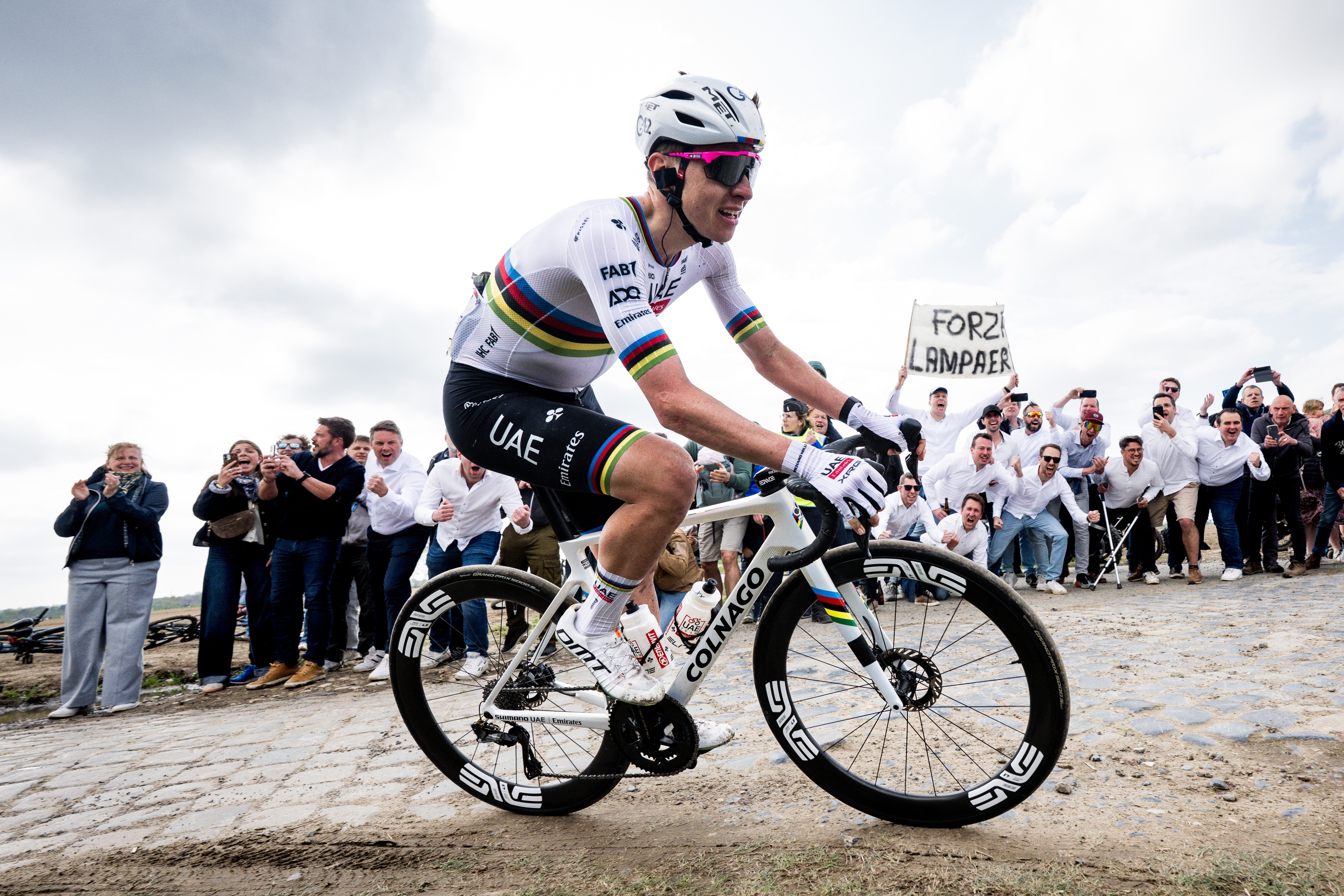 'One of the hardest races I've ever done in my life' - Tadej Pogačar finishes runner-up on Paris-Roubaix debut after crash
'One of the hardest races I've ever done in my life' - Tadej Pogačar finishes runner-up on Paris-Roubaix debut after crashWorld champion reacts to 'extremely hard' battle with Mathieu van der Poel
By Tom Davidson Published
-
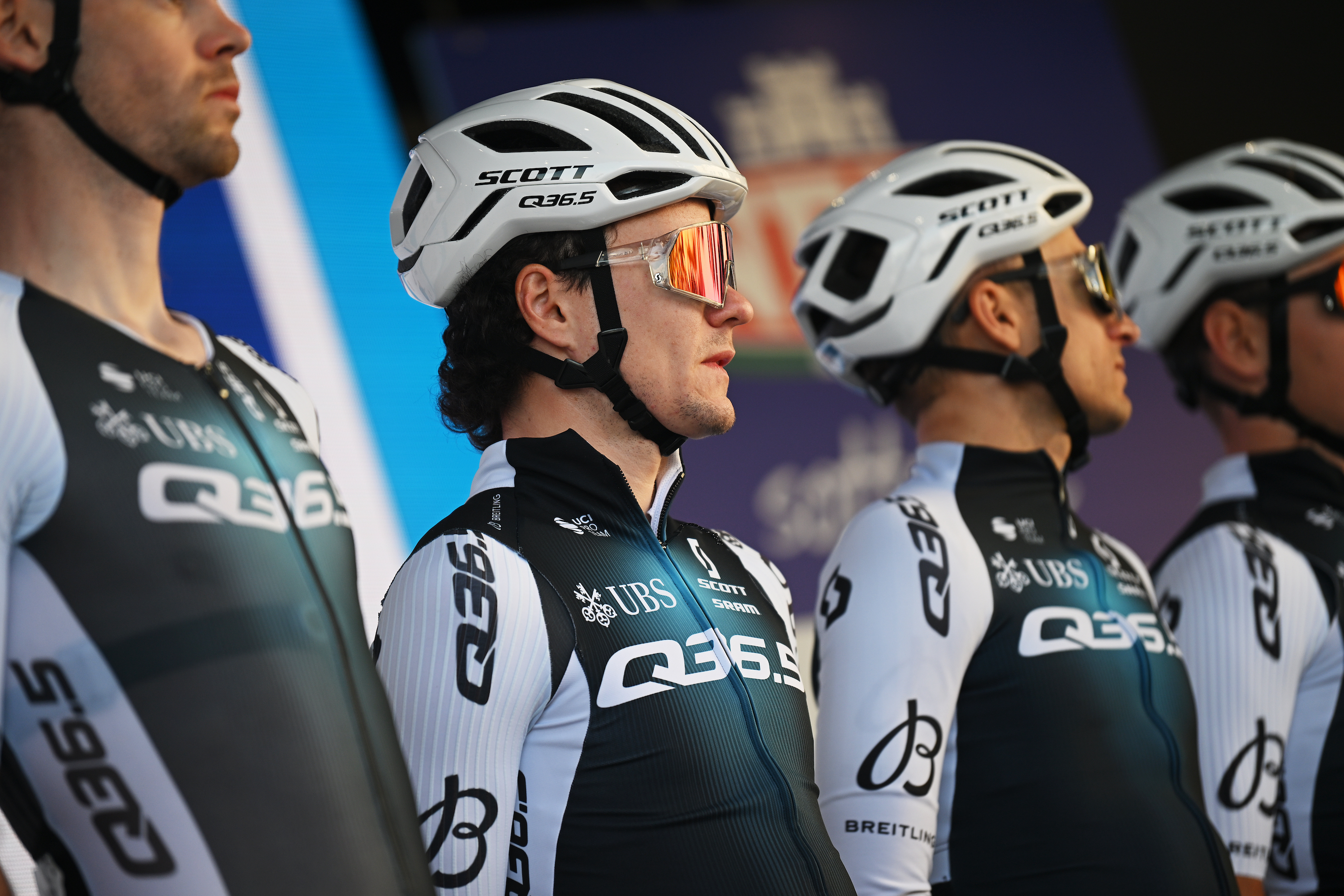 'I thought it would be dark by the time I got here' - Joey Pidcock, the last rider to finish Paris-Roubaix, on his brutal day out
'I thought it would be dark by the time I got here' - Joey Pidcock, the last rider to finish Paris-Roubaix, on his brutal day outQ36.5 rider finishes outside time limit, but still completes race with lap of the Roubaix Velodrome
By Adam Becket Published